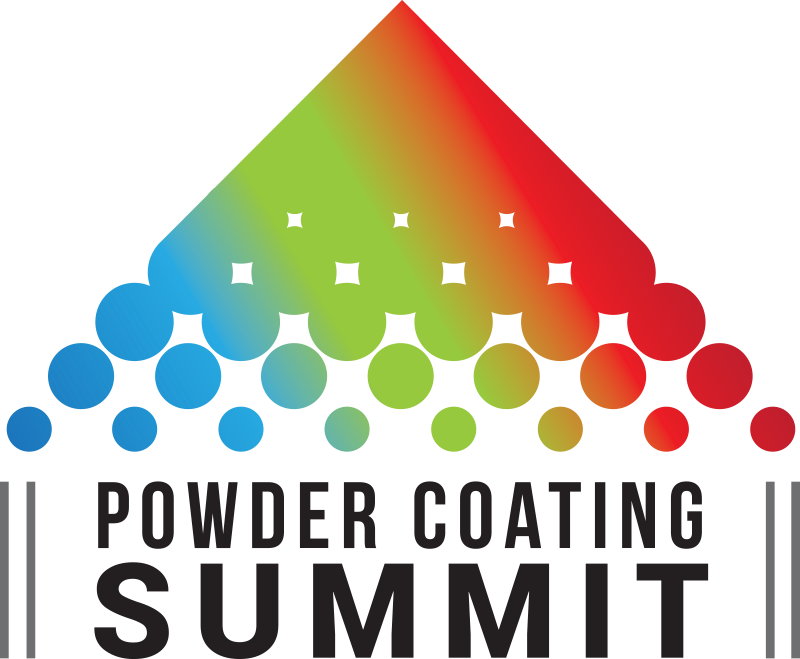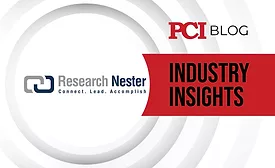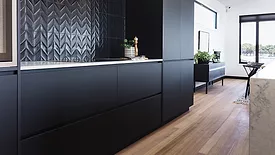Home » Keywords: » Self-healing coatings
Items Tagged with 'Self-healing coatings'
ARTICLES
Carboxylic-Functional Ultramatte Binders
A Breakthrough in Two-Component Coating Technology
Read More
High Performance and Ultra-Low VOC
Self-Healing Technology Eliminates the Tradeoff
Christopher R.D. Dayton
Subramanyam Kasisomayajula
Aidnel G. Navarro
Dr. Gerald O. Wilson
Swapnil Shukla
November 24, 2020
Incorporation of Self-Healing Technology Into Protective Coatings
as a Maintenance Solution for Offshore Oil and Gas Assets
Francesca Cibotti
Benjamin Chaloner-Gill
Matthew Badgley
Nathan Ferraro
Fernando Cervantes
Dr. Gerald O. Wilson
Subramanyam Kasisomayajula
Dr. H. Magnus Andersson
Amal Al-Borno
July 9, 2020
Keep the info flowing with our eNewsletters!
Get the latest industry updates tailored your way.
JOIN TODAY!Copyright ©2025. All Rights Reserved BNP Media.
Design, CMS, Hosting & Web Development :: ePublishing










